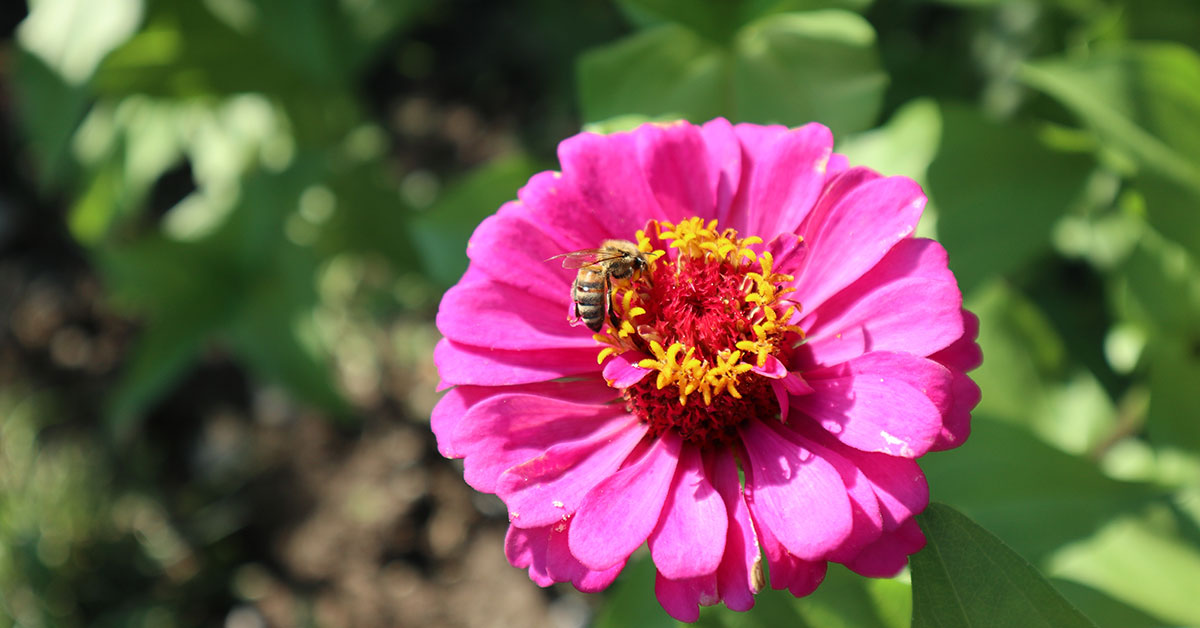Zinnias, with their vibrant and showy blooms, have become a beloved addition to gardens worldwide. These hardy annuals are known for their ability to thrive in a variety of conditions, making them a popular choice for both novice and experienced gardeners alike. However, to truly unlock the full potential of these stunning flowers, it is crucial to provide them with the right nutrients. Choosing the best fertilizer for zinnias can make a world of difference in their growth, health, and overall beauty.
In this article, we will explore the various types of fertilizers available, their specific benefits for zinnias, and provide expert recommendations to help you achieve a flourishing zinnia garden. Whether you are a seasoned gardener or just starting your green thumb journey, this guide will equip you with the knowledge to nourish your zinnias and create a breathtaking floral display.
Do Zinnias need to be fertilized?
Zinnias can benefit from regular fertilization for optimal growth. Fertilizing these plants provides them with essential nutrients they need to develop healthy foliage and vibrant flowers. It is recommended to use a balanced, water-soluble fertilizer with a ratio such as 10-10-10 or 14-14-14. Apply the fertilizer according to the package instructions, typically every 2-3 weeks during the growing season. Additionally, incorporating organic matter into the soil before planting can also help provide nutrients to the Zinnias.
The best fertilizer for Zinnias
For growing Zinnias, a balanced fertilizer with an NPK ratio of 10-10-10 or 14-14-14 is generally recommended. This means the fertilizer contains equal amounts of nitrogen (N), phosphorus (P), and potassium (K). Zinnias are heavy feeders and require a steady supply of nutrients to produce vibrant blooms.
In addition to the NPK ratio, it’s also beneficial to choose a fertilizer that contains micronutrients like iron, manganese, zinc, and copper. These micronutrients are essential for healthy plant growth and overall development.
When applying the fertilizer, follow the instructions provided on the packaging. Generally, it’s best to apply the fertilizer at the time of planting and then every 4-6 weeks throughout the growing season. Be sure to water the plants thoroughly after applying the fertilizer to help it penetrate the soil and reach the plant’s roots.
Remember to always read and follow the instructions on the fertilizer packaging, as different brands and formulations may have specific guidelines for application.
When to fertilize Zinnias
The ideal time to fertilize Zinnia plants is before planting and then again during the growing season. Before planting, you can incorporate a balanced fertilizer into the soil to provide essential nutrients for the plants. During the growing season, you can apply a slow-release or liquid fertilizer every four to six weeks to promote healthy growth and abundant blooms. It’s important to follow the instructions on the fertilizer packaging for the correct application rate and method. Additionally, make sure to water the plants well after fertilizing to help the nutrients reach the roots effectively.
Common issues with fertilizing Zinnias
When fertilizing Zinnias, there are a few common issues or problems that can arise. These include:
- Over-fertilization: Zinnias are sensitive to excessive amounts of fertilizer. Over-fertilizing can lead to excessive vegetative growth, weak stems, and reduced flower production. It can also make the plants more susceptible to diseases and pests.
- Under-fertilization: Insufficient fertilization can result in stunted growth, pale or yellowing leaves, and poor flower development. Zinnias are heavy feeders, so they require regular and adequate fertilization to thrive.
- Imbalanced nutrient levels: Zinnias require a balanced supply of essential nutrients, including nitrogen (N), phosphorus (P), and potassium (K), as well as trace elements. Imbalances in these nutrients can affect plant growth and flowering. For example, an excess of nitrogen can promote lush foliage but reduce flower production.
- Incorrect timing: Timing is crucial when fertilizing Zinnias. Applying fertilizer too early in the growing season may result in excessive vegetative growth at the expense of flowers. On the other hand, applying fertilizer too late in the season may not provide the necessary nutrients for optimal flower development.
- Improper application: Applying fertilizer incorrectly can lead to uneven distribution or damage to the plants. It is important to follow the instructions on the fertilizer package and apply it evenly around the base of the plants, avoiding direct contact with the foliage.
To avoid these issues, it is recommended to use a balanced, slow-release fertilizer specifically formulated for flowering plants. Additionally, regular monitoring of the plants’ growth and appearance can help identify any nutrient deficiencies or excesses, allowing for timely adjustments in fertilization practices.













